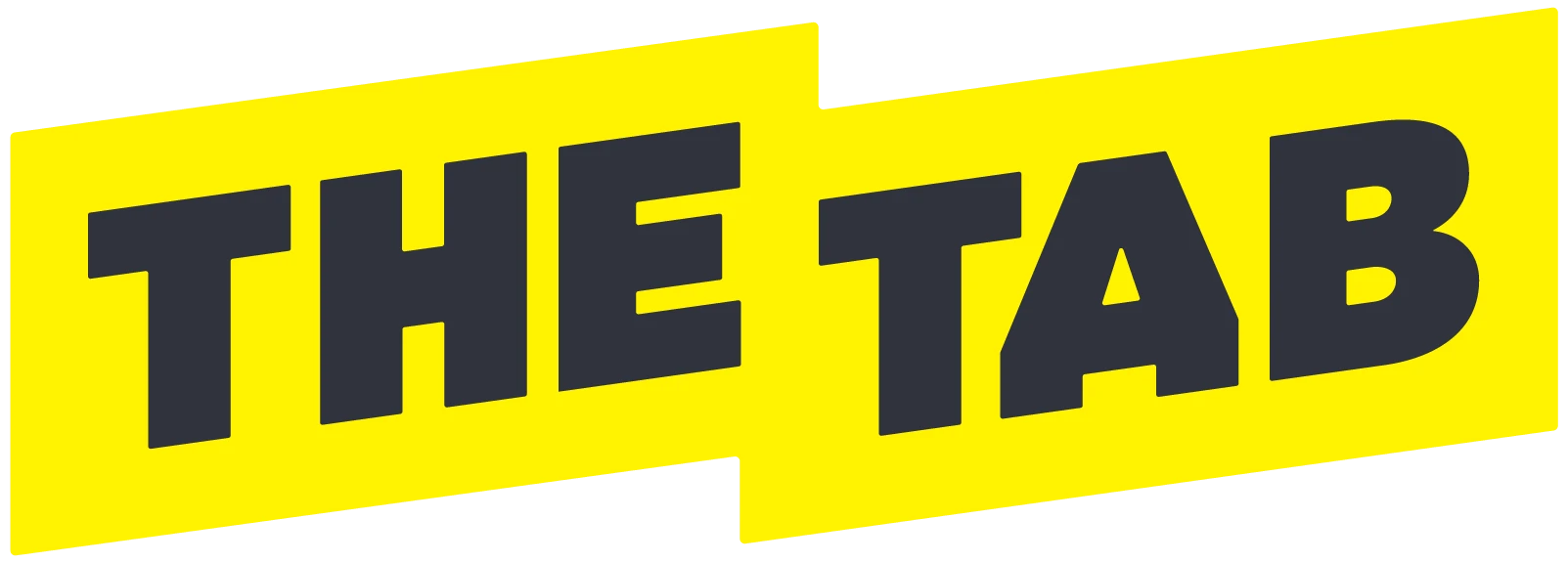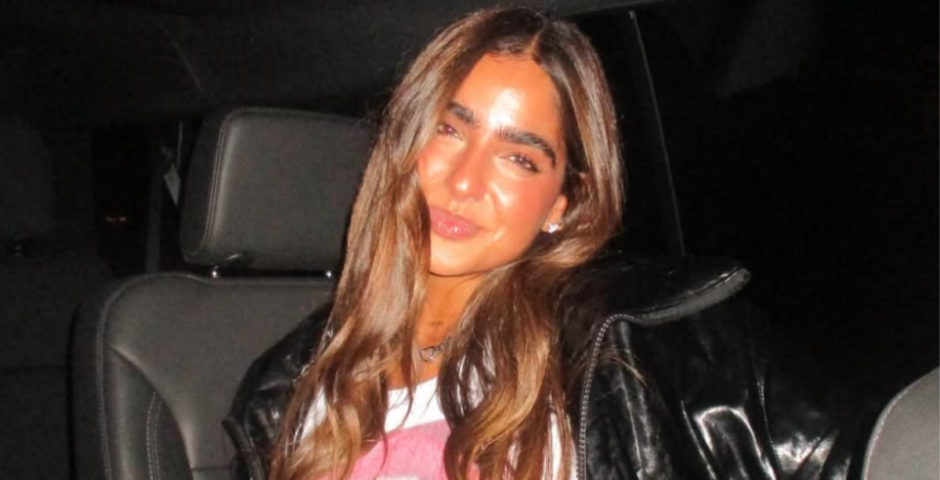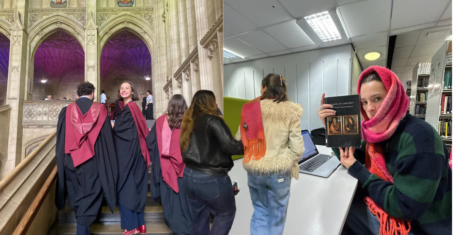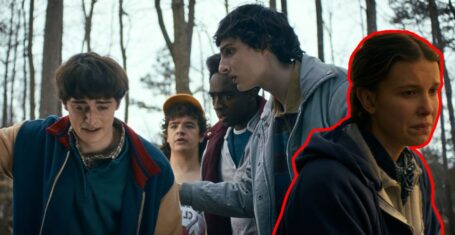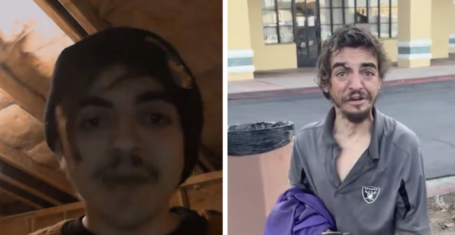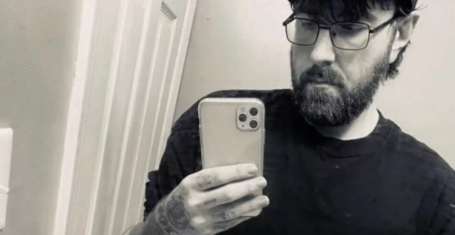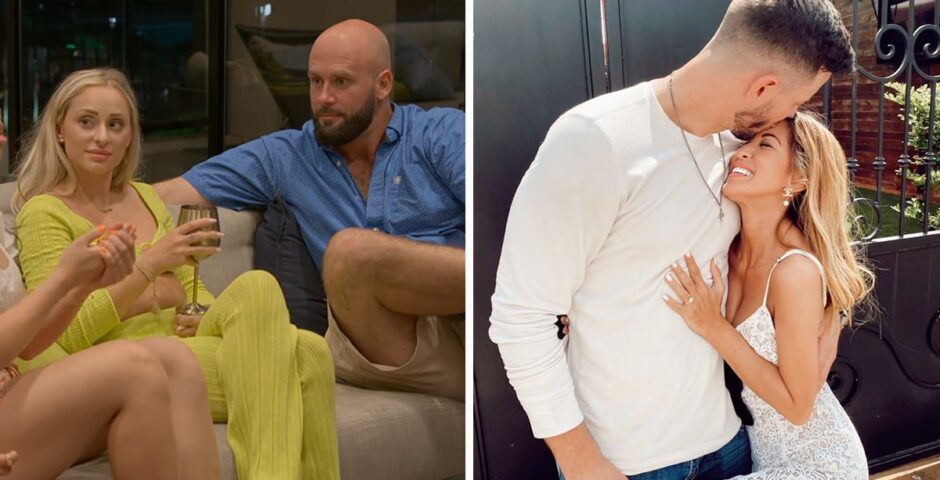
Right, this is what each art work at the start of every Beef episode actually symbolises
Every piece was painted by one of the cast
Just like with The White Lotus’ opening credits, Netflix’s new rage heavy series Beef has some seriously symbolic opening artwork ahead of each episode. People stabbing each other in the back, families with brains bursting full of secrets and dark forests with faces looming out all feature in paintings ahead of each episode. “We wanted something beyond a text title card,” the show’s production designer Grace Yun told Tudum of the paintings.
And it turns out David Choe, who plays Danny’s cousin Isaac in the show and is also an artist, actually created all of Beef’s title cards. “We had this amazing group of his original imagery and paintings to choose from,” explained Grace of the actor’s artwork. “It was a visceral feeling that we got from each image of whether or not it would reflect the theme of that episode.”
So, in case you’re wondering what each of Beef’s title card paintings actually symbolises, here’s some (spoiler-filled) analysis:
So, what does each art work in the Beef title cards actually symbolise?
Episode one – The Birds Don’t Sing, They Screech in Pain

In episode one, titled The Birds Don’t Sing, They Screech in Pain, the title painting shows loads of butchered meat and a cow’s head, aka beef. In the background you can faintly see people from different classes working and walking, which essentially summarises the premise of the entire show: Beef and class divide.
Most Read
The show’s creator Lee Sung Jin took the episode title from a documentary by German director Werner Herzog called Burden of Dreams, where he suggests birds “screech in pain” rather than sing. Similarly, Amy and Danny seem happy when we’re first introduced to them in Beef. But the more we see of their behaviour, the more we realise they’re suffering.
Episode two -The Rapture of Being Alive

Beef’s second episode’s title card shows a woman seemingly in solitary confinement, looking down at the ground with a face smiling out of her back. This represents the way Amy puts on a brave face at George’s art show, despite the stress she feels inside and the emotions she deals with alone.
Lee took the title, The Rapture of Being Alive, form a 1988 interview with the writer Joseph Campbell where he tells TV presenter Bill Moyers that life experiences which are “purely on a physical plane” are what resonate most “with our own innermost being and reality”, which we see in Beef as Amy and Danny become more and more obsessed with their primal need for revenge.
Episode three – I Am Inhabited by a Cry

Episode three is all about betrayal. Danny rediscovers religion and breaks down in tears of relief, before planning to con the church out of hundreds of thousands of dollars. Similarly, Amy begins to work on her relationship with her husband in couples therapy while still cheating with Paul. They’re both stabbing people in the back.
The episode’s title, I Am Inhabited by a Cry, seemingly references Danny’s breakdown and is inspired by a line from the Sylvia Plath poem Elm: “I am inhabited by a cry. Nightly it flaps out. Looking, with its hooks, for something to love.”
Episode four – Just Not All at the Same Time

In episode four, Amy gets high with Paul, dyes her hair peroxide blonde and attempts to leave the problems she’s facing internally behind. The woman in the title card, with torn hair, a grey face, and vacant eyes, symbolises the emotions Amy is trying to leave behind. Meanwhile, the episodes title references a line from the feminist author Betty Friedman “You can have it all, just not all at the same time.”
At Amy’s Q&A in Vegas, she ignores this advice from Betty Friedman and tells the audience they really can have it all: Career, house, family, love life. But almost instantly, thanks to Danny and Isaac, her world starts falling apart. Foreboding the chaos that’s coming in the following episodes.
Episode five – Such Inward Secret Creatures

In episode five, every character has a secret that’s eating them up inside. Amy is cheating with Paul. George is cheating with Mia. Fumi is broke and Naomi is backstabbing Amy. In the title card painting, we can literally see a family of people where there brains are bulging as they try to keep all of their thoughts and actions to themselves.
The episodes title, Such Inward Secret Creatures, represents this and is taken from Iris Murdoch’s novel The Sea, The Sea, which suggests humans “are all such shocking poseurs, so good at inflating the important of what we think we value”. Essentially, like the characters in Beef, our egos are more important than being close with others.
Episode six – We Draw a Magic Circle

It seems like the beef is being put to bed in episode six. Amy and Danny are moving on, George breaks up with Mia, Danny is focusing on church. And the flowers and nature in episode six’s title painting make it seem like happiness and new beginnings could be just around the corner for Beef’s characters. Yet, the black background still lingers.
Episode six’s title, We Draw a Magic Circle comes from Ingmar Bergman’s film Through a Glass Darkly, where a passage of dialogue describes the barrier we create around our own delusions, which keeps out anything that threatens our version of reality. Similarly, the more Amy’s perfect life falls apart (Fumi nearly dies in a robbery) the more she convinces herself nothing is her fault.
Episode seven – I Am a Cage

In Beef’s seventh episode, we start to see how all of the characters are trapped in a cage made by their own actions. We’re eight months on from the decisions that doomed them (Amy having sex with Paul, Danny doing the wiring himself in his parent’s house) and, although their lives seem to be bubbling along fine, both Amy and Danny still feel empty inside.
The episode’s title I Am a Cage is from Franz Kafka’s Die Zürauer Aphorismen (“I am a cage, in search of a bird”) and demonstrates how both protagonists feel like they have no direction in their lives thanks to their own decisions.
Episode eight – The Drama of Original Choice

Before the colours are inverted and everything turns black, the title card for Beef’s eighth episode shows three children covered in colourful ribbons. These children seemingly represent Amy, Danny and Paul as in the episode we see flashbacks to their experiences that change the course of their lives: Amy finds out her dad’s cheating, Danny is bullied at school.
The title, The Drama of Original Choice references a Simone de Beauvoir quote from her book The Ethics of Ambiguity, which says: “Moral choice is free, and therefore unforeseeable. The child does not contain the man he will become. Yet, it is always on the basis of what he has been that a man decides upon what he wants to be.” In Beef, both Danny and Amy blame their childhoods for their actions, which traps them in their own misery.
Episode nine – The Great Fabricator

Beef’s ninth episode gets dark when Isaac is released from prison and kidnaps Amy’s daughter. The dark forrest of the title painting conceals many hidden things and the episode’s title, The Great Fabricator, was inspired by Simone Weil’s Gravity and Grace, which suggests that in order to accept the truth of the world around you, you must lose something first. In episode nine, Amy loses Junie and Danny loses Paul, suggesting they’re both getting closer to embracing reality rather than living in their own delusion filled with lies and deceit.
Episode ten – Figures of Light

Beef’s final episode sees Amy and Danny throwing up in the woods after they think they’ve poisoned themselves to death by eating the wrong berries in the woods. As they think their life is over, they begin to see each other for who they actually are, rather than than as personalities clouded by rage and (literally, as in the painting) the colour of their life comes pouring out.
The tenth episode’s title, Figures of Light, reflects this too and comes from C.G.Jung’s Alchemical Studies where the psychiatrist suggests that in order to move on, we have to tap into our darkness. And, it’s only after Amy and Danny drive off a cliff togeter that they genuinely start to understand each other and see their similarities.
Beef is available on Netflix now. For all the latest Netflix news, drops, quizzes and memes like The Holy Church of Netflix on Facebook. Featured image credit via Netflix.
